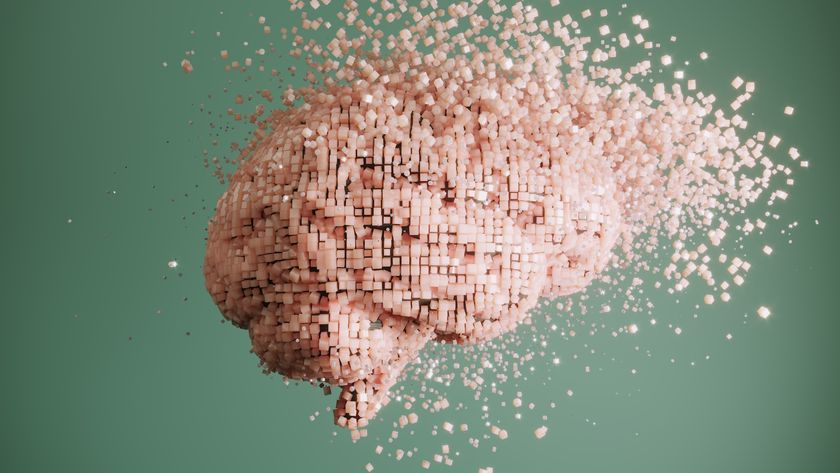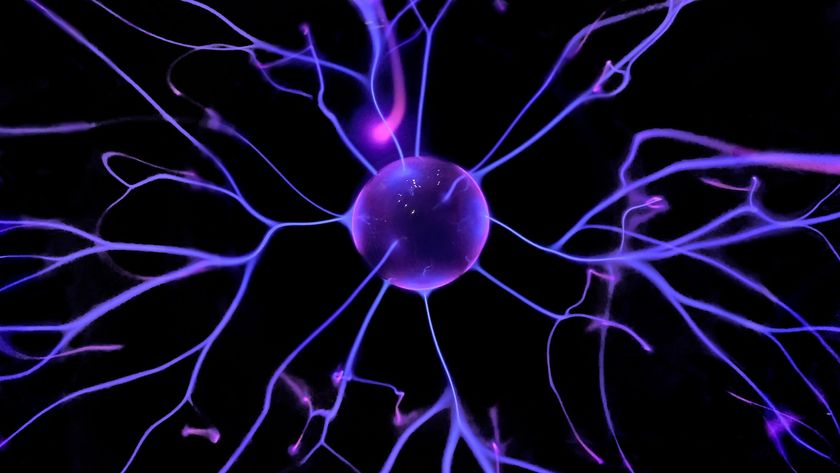Brain Remembers One Fear vs. Another, Study Suggests
The brain can store and retrieve memories of specific fears, as if a mental filing cabinet, a new study on rats finds.
Because rats are thought to be good models for human brain study, the research suggests the brain distinguishes between fears of, say, a dog and fear of heights, which is a more sophisticated storage and recall capacity than previously thought.
The study, which is published in the journal Nature Neuroscience, could have implications for treating post-traumatic stress syndrome. As scientists begin to understand how different fears are stored in the brain, they can move toward addressing specific fear memories.
How we remember fear
The research focused on the brain's amygdala, which is said to be the brain's storage center for fears. That much was known. But until now, scientists thought this fear spot treated all fears equally. In other words, whether you are afraid of dogs because you were once bitten by a dog or you cringe at the sight of certain foods because you once nearly choked to death eating it, all the amygdala remembers is that both experiences were scary.
These fear memories can last a lifetime, as the experience gets captured, or encoded, and then stored in a process called consolidation. Once consolidation occurs, the experiences get sealed into long-term memory.
However, scientists are finding our memories get consolidated over and over again each time we retrieve a certain bit of information. Let's say we see a snake: At that moment our brains pull out past information we've stored on snakes, such as a close encounter with one. By revisiting the snake memory a portal of sorts opens, and that memory is open to manipulation or reconsolidation. (Scientists have used this idea to erase bad memories with behavior therapy.)
Sign up for the Live Science daily newsletter now
Get the world’s most fascinating discoveries delivered straight to your inbox.
It's not just the feared object that can trigger the portal to open. One model posits that during a fear experience, a neutral stimulus becomes associated with a negative encounter, such as a dog bite. One is conditioned to think of a dog bite, for instance, when we hear some musical passage. Future occurrences of this neutral stimulus forewarns the onset of the negative encounter. Previous research has suggested the link is processed and stored in the amygdala.
Rats label fears
To replicate this process, the researchers paired two distinct audio tones, which served as the neutral stimulus, with mild electric shocks to different parts of rats' bodies. As a result, the rats linked a mild shock to a certain part of their bodies with a certain tone.
Under the memory reconsolidation model, exposing an organism to any aspect of the learned experience brings this memory back to mind and makes it susceptible to changes.
Here's how the thinking goes: If two distinct tones were each paired with two distinct electric shocks, and if the amygdala did not discriminate among different threats, then re-exposing a rat to any of these shocks should allow all fear memories stored in the amygdala to change.
That's not what happened. Instead, re-exposing a rat to a particular shock to a certain part of the body, followed by an injection of an antibiotic known to disrupt reconsolidation processes, impaired only these associations that were linked to this particular shock. Despite the disruption of one type of fear memory, rats still showed fear behavior to the tone paired with a shock applied to another part of the body.
The finding demonstrates that the amygdala makes distinctions among the fear memories it holds and retrieves, the researchers say.
- What Really Scares People: Top 10 Phobias
- Top 10 Mysteries of the Mind
- Video – Erasing Memories



